Digital Asset Management Software Size
Digital Asset Management Software Market Growth Projections and Opportunities
The market factors influencing the digital asset management (DAM) software market are multifaceted and dynamic, reflecting the evolving needs of businesses in managing their digital assets efficiently. One primary factor driving this market is the exponential growth in digital content creation across various industries. With the proliferation of digital media, organizations are increasingly seeking robust solutions to organize, store, and retrieve their digital assets effectively. This surge in digital content creation spans industries such as marketing, advertising, media, entertainment, e-commerce, and more, creating a substantial demand for DAM software.
Furthermore, the rising importance of brand management and consistency amplifies the need for DAM solutions. Businesses recognize the significance of maintaining brand integrity across diverse channels and platforms. DAM software enables them to centralize control over brand assets, ensuring consistency in messaging, imagery, and other brand elements. This not only enhances brand visibility but also streamlines workflows and enhances collaboration among teams.
Another significant factor propelling the DAM software market is the increasing adoption of cloud-based solutions. Cloud-based DAM platforms offer scalability, flexibility, and accessibility, making them highly attractive to businesses of all sizes. The shift towards cloud-based solutions eliminates the need for extensive infrastructure investments and allows for seamless integration with other business systems. Additionally, cloud-based DAM solutions facilitate remote collaboration, enabling geographically dispersed teams to access and collaborate on digital assets from anywhere, at any time.
Moreover, the growing emphasis on regulatory compliance and data security drives the adoption of DAM software. With stringent regulations governing data privacy and intellectual property rights, organizations are compelled to implement robust DAM solutions to safeguard sensitive digital assets. DAM platforms offer features such as access controls, digital rights management, and audit trails, ensuring compliance with regulatory requirements and mitigating the risk of data breaches or unauthorized access.
Additionally, the proliferation of omnichannel marketing strategies fuels the demand for DAM software. Businesses are increasingly leveraging multiple digital channels, including websites, social media, mobile apps, and email marketing, to reach their target audience. DAM solutions enable them to efficiently manage and distribute digital assets across these diverse channels, ensuring consistent branding and messaging across all touchpoints. By centralizing digital asset management, organizations can streamline their marketing operations and deliver a cohesive brand experience to consumers.
Furthermore, technological advancements such as artificial intelligence (AI) and machine learning are reshaping the DAM landscape. AI-powered DAM solutions offer advanced capabilities such as automatic tagging, content recognition, and predictive analytics, enhancing the efficiency and effectiveness of digital asset management processes. These intelligent features enable organizations to automate mundane tasks, gain valuable insights into asset performance, and deliver personalized experiences to users.
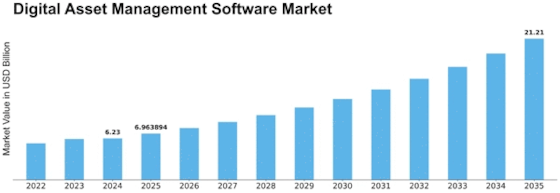

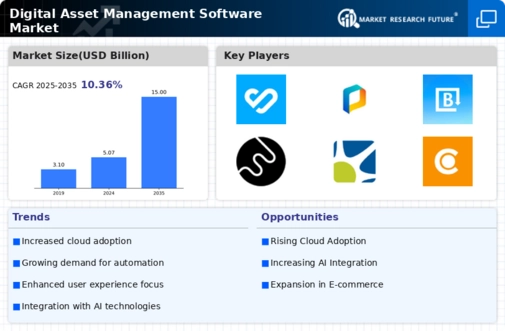
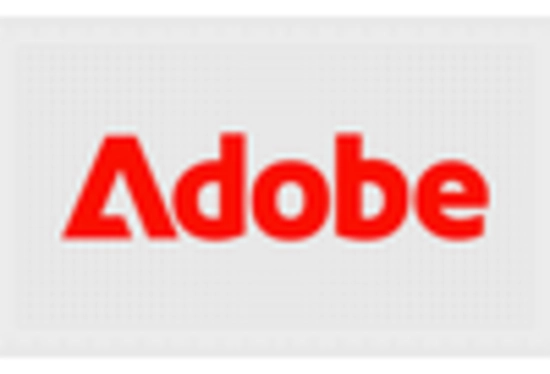


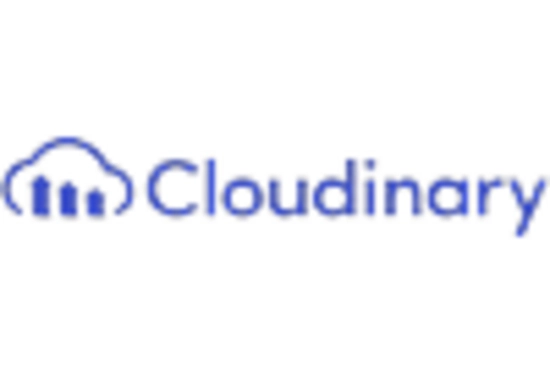
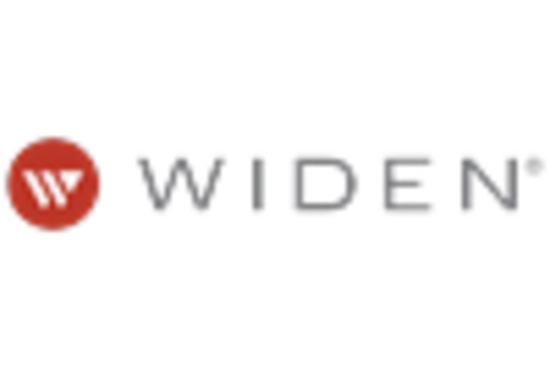

Leave a Comment